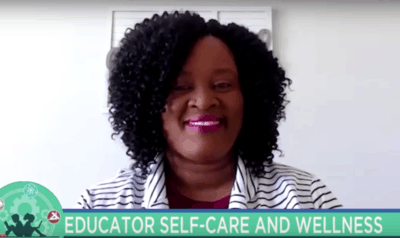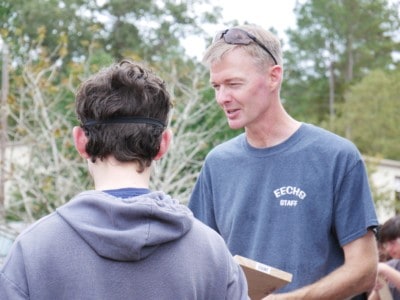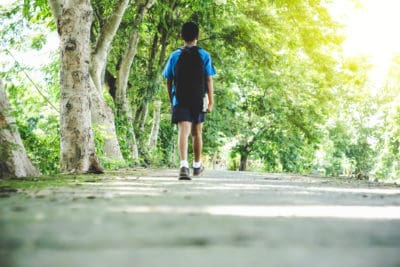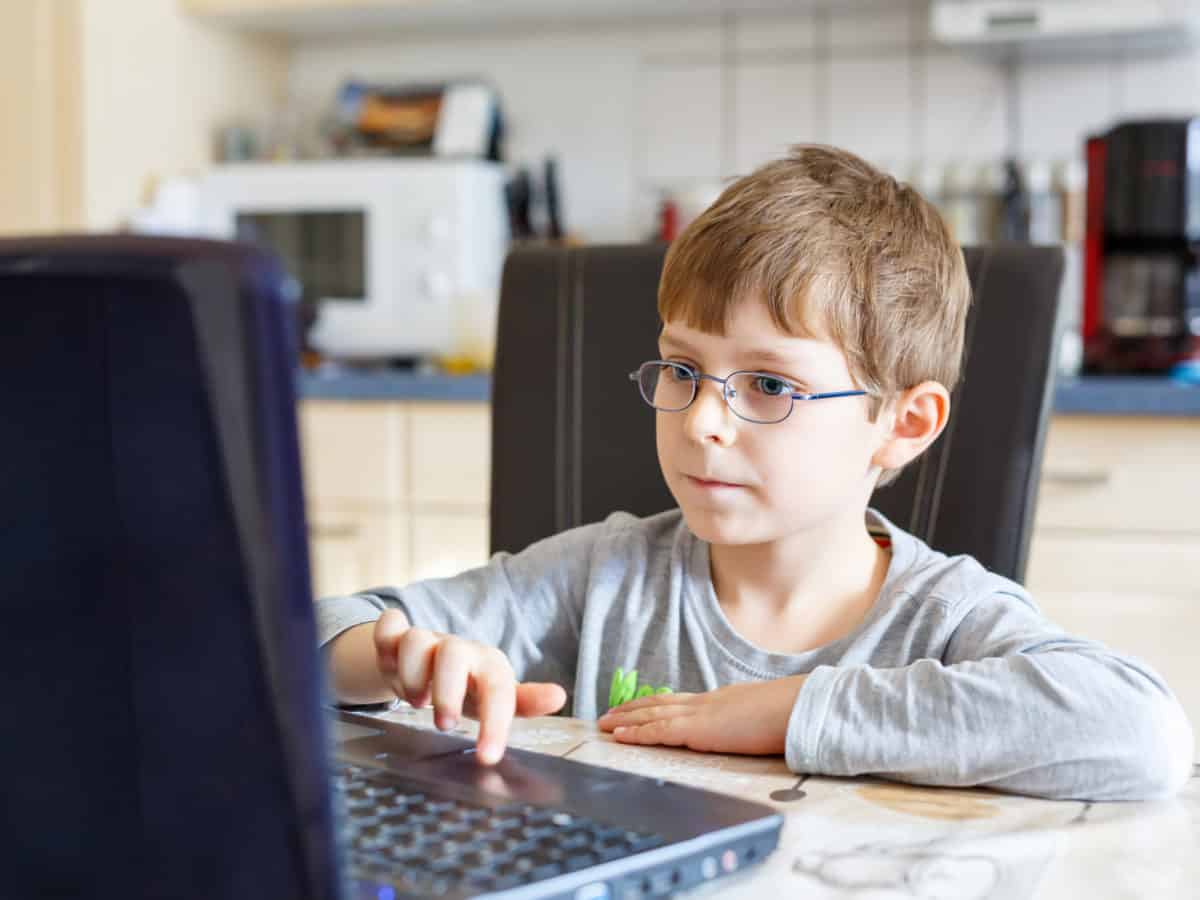
Learning and teaching remotely has become the new norm for millions of teachers and students across the world. This has not been an easy task for most — quickly transitioning from conventional classroom instruction to remote learning, all while balancing the social and emotional needs of students. Add social media to the mix and teachers can easily feel inadequate as they attempt to maintain the same level of rigor as they were accustomed to in the classroom.
Maslow’s hierarchy of needs is a basic concept that can easily be applied to guiding student support and intervention based on remote learning readiness for students during the COVID-19 crisis or future perils. Students are dealing with a variety of social-emotional issues during the COVID-19 pandemic — from a lack of basic resources in the home, such as food, a deficit in coping skills, or perhaps a lack of internet access.
This visual provides a roadmap and a tiered system for all who are suddenly faced with remote teaching and navigating the conditions of learning. Students must acquire the basic needs at each level before functioning effectively at and throughout each stage.
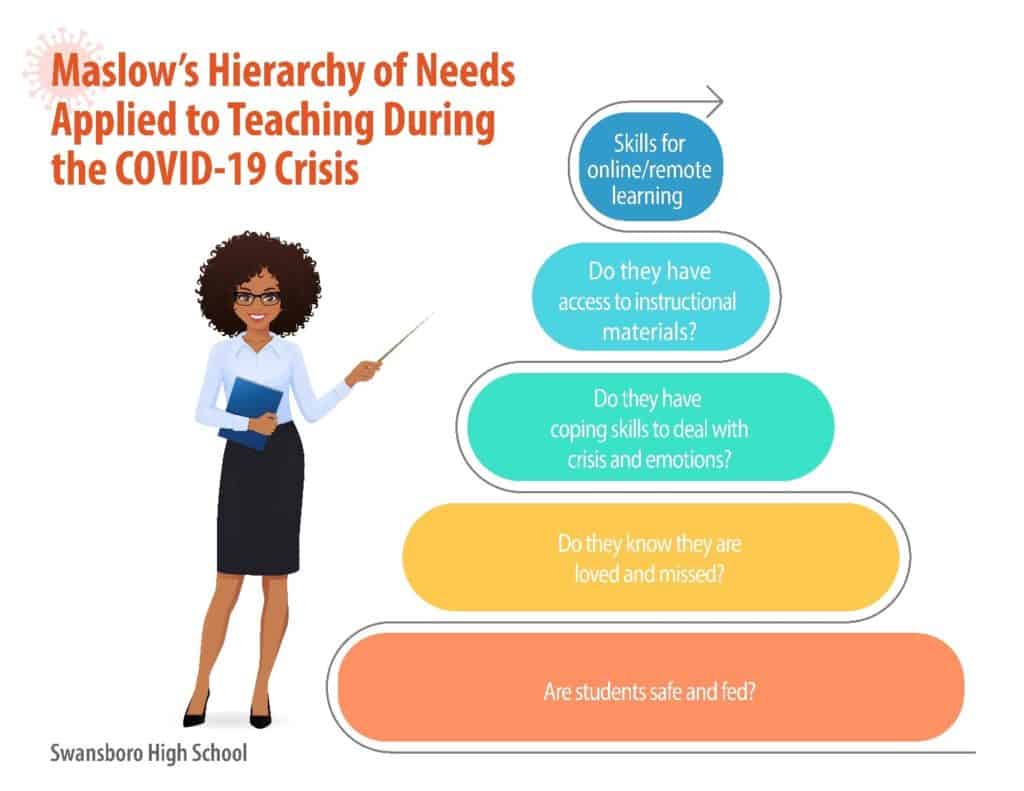
Level 1
Teachers and administrations must ensure that students have access to basic human necessities such as food and a safe living environment. For many students, school is a safe place where they look forward to a free breakfast and lunch daily. Students will never move through tiers and find academic success if they are worried about food or are living in an unsafe environment.
Understanding the availability of community resources is imperative. Swansboro High School serves as a food and nutrition hub for families to access meals within our region. Together with our feeder schools, we have identified families who are without access to transportation. For us, that means 150 households needing food delivered daily.
We quickly worked with our mayor and local churches to identify community volunteers who pick up meals and deliver daily. We also work closely with our local Backpack Buddies program to provide food bags to sustain students over the weekend.
Level 2
Social isolation is real. Add trauma, fear, and isolation to the mix, and students can easily remain in level 2. More than ever, students need to feel emotionally connected to their teachers, classmates, and families. Students must feel appreciated and loved.
Opportunities to help ensure student belonging can include one-on-one check ins with teachers on the telephone, virtual chats, and sharing pictures of themselves working remotely for school social media pages. At Swansboro High School, we have hosted virtual spirit weeks and are utilizing our teacher assistant staff to conduct one-on-one wellness calls.
Level 3
Feeling lonely, scared, and depressed is a reality for many. Communities are already seeing a rise in suicides amongst students and parents. School-aged children have yet to develop a skill set for coping with emotions caused by a crisis of this magnitude. Providing opportunities for students to process those feelings will be key to helping students developing coping skills.
At Swansboro High School, our student services department is conducting virtual counseling sessions. Teachers have embraced a “How are you?” confidential survey developed by our chorus teacher in order to gauge student emotions. Questions include, “How are you coping with being stuck at home?” and, “What are your most common feelings?” and, “How has your remote experience been?” These questions allow us to gauge student needs.
Level 4
Levels four and five are not nearly as tricky as one through three. Students must have access to Wi-Fi, computers, books, and other needed learning materials. Teachers across our district have been preparing paper work packets and social workers have coordinated free internet service and hot spots for families. Even with those internet resources, some students simply prefer and perform better with paper work packets. Figuring out what resources are working and which ones are not requires one-on-one conversations with students and families.
Level 5
Congratulations, your student is feeling safe, has a fully belly, is connected, has a skill set to deal with his or her emotions, has access to resources and is ready to learn at home for the next several weeks. Once he or she has arrived at this level, then teachers can confidently begin assigning grades and holding a student accountable for remote work.
The administrative team at Swansboro High School is incredibly proud of our team of teachers and assistants who are navigating uncharted territory like true champions. We are equally as proud of our students and parents who have risen to the challenge of remote learning and continue to impress us with their daily commitment to learning and leading.
Recommended reading
